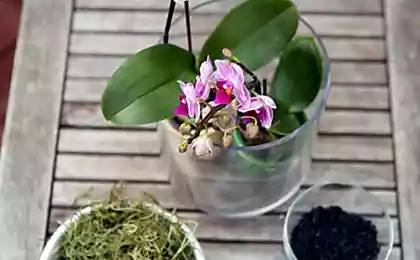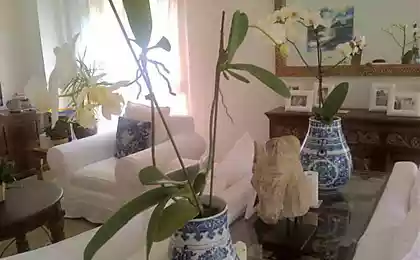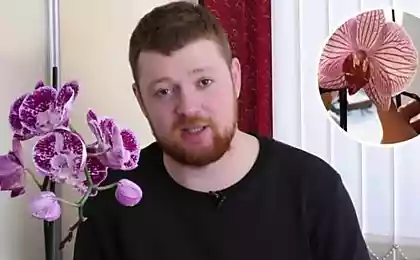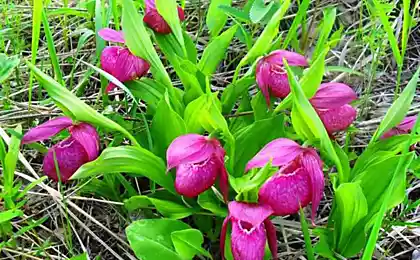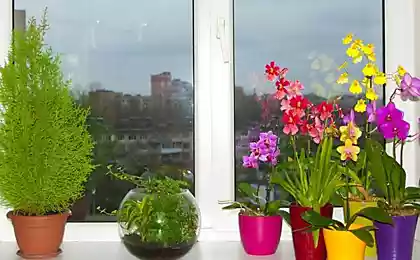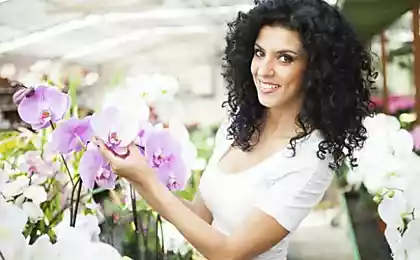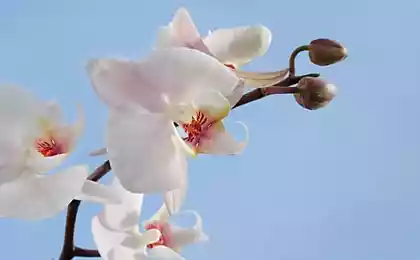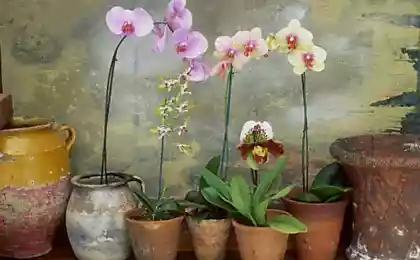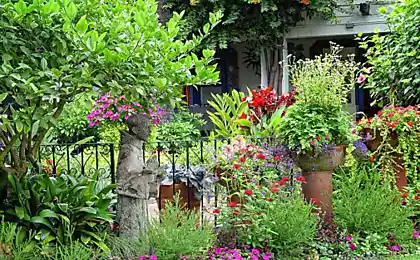247
The orchid did not bloom for a long time. Seeing the reason, I was horrified!
Many orchid owners often wonder why the plant does not bloom. The reason for this is often the incorrect content of the orchid and, as a result, the appearance of pests. To prevent the death of a flower, you need to know the enemy in the face. Let’s get acquainted with the most common pests of orchids!
Orchid pests
We hope you can get rid of these pests! Share with your friends practical tips and learn how to turn one orchid into 100 plants!
Orchid pests

- Shields.
It is very simple to notice these pests: noticeable bumps appear on the plant under which tricky shields hide. Eating orchid juice, they slow down the growth of the plant. Often, the appearance of shields is associated with high temperature in the room where the flower is contained. To get rid of shields, the first thing you need to isolate a sick orchid from other plants. Then you need to arm yourself with a soft toothbrush and clean the orchid leaves from pests under running water. The final stage is the treatment of the plant with an insecticide drug: "Actellic" or "Fitowerm" are best suited.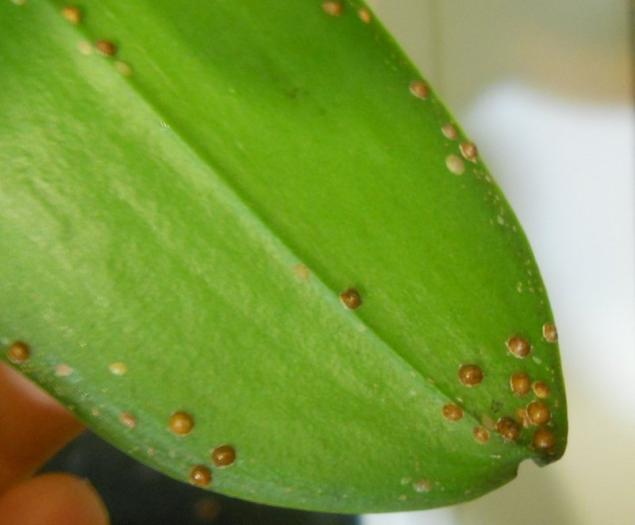
- Shit.
Aphids are small insects that can also be seen with the naked eye. This pest most often lives on the back of young leaves, flowers and flower-nosed orchids. The presence of aphids is also evidenced by sticky marks on the plant. Like shields, aphids suck all the juices out of the orchid and destroy the cells of the plant, injecting a poisonous substance into it. Often this pest appears on those orchids that have not been watered or sprayed enough.
To get rid of aphids will help soap solution. In 1 liter of water you need to place a bar of household soap for 5 minutes. Having beaten the thick foam, you need to carefully process the leaves and flower-nosed orchids. At the end of the procedure, an insecticide should be used: a 3% solution of Chlorophos is best suited.
- The flour-worm
This pest will not go unnoticed either! It can be easily recognized by the white plaque on the substrate, roots and inner walls of the plant pot. Most often, mealy worms appear on weakened, overfed with nitrogen fertilizers, orchids. To get rid of powdery worm will help cotton swab and soap solution. After removing all pests with a cotton swab, you need to treat the plant with a soap solution. At the end of the procedure, the substrate and orchid leaves should be sprayed with the drug "Fitoverm". After 2 weeks, you need to repeat all the steps.
- Web mite
If you notice a thin web on the leaves or flower-bearing orchids, then the plant is damaged by a spider mite. The first thing to do in this case is to wash the top of the orchid in a soapy solution. It is also worth thoroughly washing the place where the orchid, pot, pot or plant stand stood. Then you should pour the orchid abundantly and make a small greenhouse, wearing a cellophane bag on the plant (these measures will only be needed for 3 days). Increased humidity contributes to the death of spider mites. At this time, you need to carefully monitor the orchid so that it does not die from high temperatures inside the greenhouse.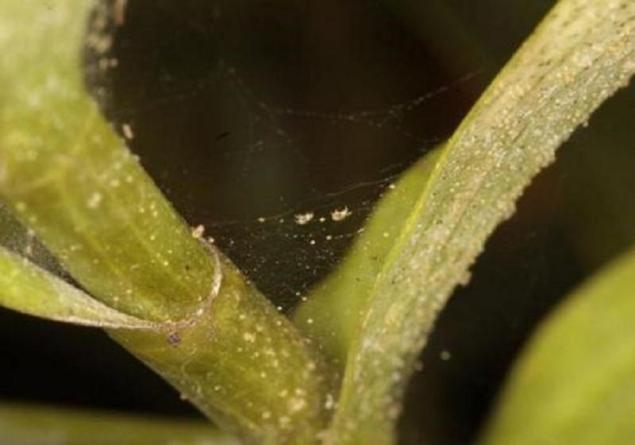
- Trips
Getting rid of these pests is extremely difficult, as insects have wings and can easily move from one plant to another. Their presence can be found out by changing the color of the leaves, the appearance of small dots and strokes on the back of the sheet plates. The appearance of these pests is often associated with low humidity or with a neighboring plant infected with thrips. The first thing to do to the owner of a sick plant is to wash it well under a warm shower.
Next, it is necessary to remove with the help of scissors all damaged areas of the leaves. The final stage is the treatment of the orchid with the drug "Actellic", according to the instructions.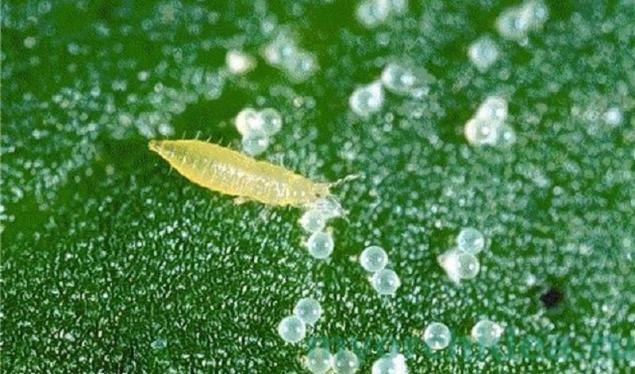
We hope you can get rid of these pests! Share with your friends practical tips and learn how to turn one orchid into 100 plants!
So elegant to place 5 people in such a modest area - aerobatics!
“The hanging belly will disappear by itself! After every meal, drink a cup.





